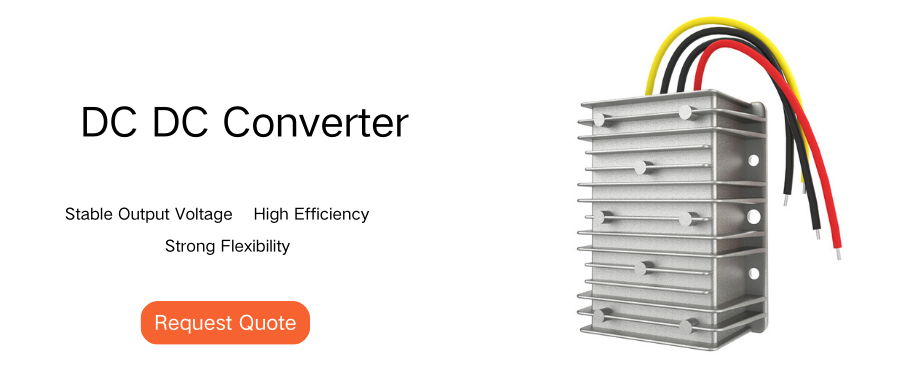When designing a step-down DC/DC converter circuit, the following precautions need to be considered:
1. Chip selection: Selecting a suitable step-down DC/DC converter chip is the key to the design. Factors such as the chip's maximum output current, input voltage range, output voltage accuracy, efficiency, and package type need to be considered.
2. Input voltage range: Make sure that the input voltage is within the range allowed by the chip to ensure stable operation of the converter.
3. Output voltage accuracy: Select the appropriate output voltage accuracy according to the load requirements to meet the system's requirements for voltage stability.
4. Efficiency: A high-efficiency converter can reduce energy loss, reduce system heating, and improve system reliability.

5. Selection of inductors and capacitors: Inductors and capacitors are key components that affect converter performance. The value of the inductor affects current ripple and transient response, and the value of the capacitor affects the stability of the output voltage. Appropriate inductor and capacitor values need to be selected according to design requirements.
6. Switching frequency: The switching frequency affects the efficiency and noise of the converter. A higher switching frequency can reduce the size of the inductor and capacitor, but may increase electromagnetic interference.
7. Thermal design: The converter will generate heat when working, and heat dissipation design needs to be considered, such as using heat sinks or fans.
8. Protection function: Protection functions such as overcurrent, overvoltage, undervoltage, and short circuit should be considered during design to improve the safety and reliability of the system.
9. Electromagnetic compatibility: Electromagnetic compatibility should be considered during design to reduce the impact of electromagnetic interference on the system.
10. PCB layout: Reasonable PCB layout can reduce noise and improve efficiency. For example, putting the inductor, capacitor, and converter chip together and reducing the trace length can reduce the impact of parasitic parameters.
11. Debugging and testing: After the design is completed, debugging and testing are required to ensure that the converter can work stably under various working conditions.
With the above precautions, an efficient, stable, and reliable step-down DC/DC converter circuit can be designed.







